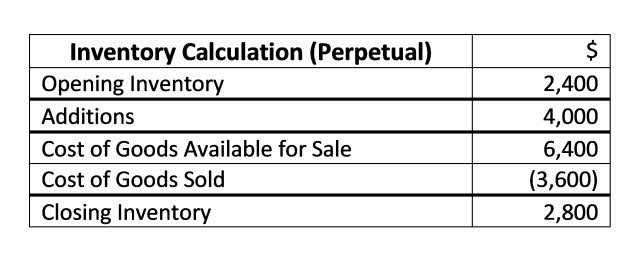Austin has been working with Ernst & Young for over four years, starting as a senior consultant before being promoted to a manager. At EY, he focuses on strategy, process and operations improvement, and business transformation consulting services focused on health provider, payer, and public health organizations. Austin specializes in the health industry but supports clients across multiple industries. Issuing a https://circlessouthtampa.com/the-future-of-real-property.html may vary depending on the industry, the nature of the business relationship, and the terms and conditions agreed upon between the parties involved. You’re going to need to respond within 30 calendar days of receiving the memo. When you dispute it, you will need to address the actual issue that was raised in the first place and why you consider it to be invalid.
Then, it gets debited from your account and is then recorded as a debit memo. In some cases, debit memos can get used to help rectify inaccurate account balances. To show that the fee is an adjustment rather than a transaction, it will be debited (or subtracted) from the customer’s account and recorded as a debit memorandum.
Debit Note Vs. Credit Note
Some companies will systematically send out notes to their customers or if a customer repeatedly fails to meet payments on time. These notes are also helpful when correcting a mistake made on the invoice, which can happen frequently when a product is in high demand. For example, if an invoice is underestimated, a company can send a debit note to increase the money that was supposed to be owed. A commercial seller, buyer, or financial institution may notify of a debit placed on a recipient’s account. When a customer pays too much, the extra can be offset with a debit memo. This allows the accounting department to clear it out by sending the memo back to the customer.
- The seller would issue a debit note to the buyer telling him there is another fee for a certain increase in the total cost of the product or service.
- For example, give your customer one-month of free service or a discount for a month.
- It is a formal request for payment from the buyer for additional goods, services, or adjustments to the original transaction.
- Keep reading for a further breakdown of some of the most common types of debit memos.
Credit and debit memos both adjust billing amounts, but in opposite directions and for different reasons. Understanding these nuances helps businesses manage their finances accurately and maintain healthy customer relationships. You have most likely had certain fees charged to your bank account at some point or another. It could be for any number of reasons, but they can sometimes get taken out automatically.
Examples of Debit Memo?
Vendors and buyers commonly create and submit documents relating to the exchange of goods and services. A debit note is one document that both parties can send to one another. Debit notes indicate that a buyer has a payment pending on an order or it can alert a vendor that the buyer is making an adjustment on something they ordered. But don’t confuse this with an invoice, which is a bill of sale that has information about the nature of the goods sold, their price, and the total amount of the order. A vendor may create and send their customer a debit note to remind them that there is a payment due for goods and services delivered.
In other words, a bank debit memo reduces the bank account balance similar to a check drawn on the bank account. Not all companies choose to send debit notes to buyers with outstanding or pending debt obligations. A seller generally either considers it a standard business practice and uses it according to internal procedures or does not use it at all. In some cases, a buyer can request a document with the information contained in a debit note to meet internal recordkeeping requirements. One example of a debit memo is when a seller issues a credit memo to decrease the invoice total payment.
The Difference Between Debit Memorandum & Credit Memorandum
The description reason is highlighted and addresses the problem directly. It serves as a formal notification, clearly stating the correction made, explaining the error, and outlining the revised invoice amount. You issue a credit to your customer for an unused portion of the service. This differs from debits because debits represent an increase in the seller’s liquidity instead of a decrease like credits. An invoice is typically sent regardless, so companies will sometimes get rid of the middleman according to the type of business. Using Debit memos as a systematic approach to handling such situations reduces the likelihood of mistakes and helps maintain positive customer relations and experiences.
A http://splesti.ru/books/item/f00/s00/z0000006/st051.shtml is common in the banking industry in several situations. The fee will be debited (or deducted) from the customer’s account and recorded as a debit memorandum to indicate that it is an adjustment rather than a transaction. A debit memo may also be used when adjusting an incorrect account balance.
What are debit memos?
You might see similar https://fashion101.ru/tendentsii-modyi/modnaya-odezhda-dlya-sobak.htmls for, say, fees for bounced or printed checks. Common debit memos include returned check fees, insufficient funds fees, interest fees, fees for printing checks, bank equipment rental fees, and adjustments to incorrect deposits. A vendor or business issues a debit memorandum to a customer to correct an error in an original invoice or to adjust the amount owed for a transaction. In contrast, a credit memorandum or credit memo is issued by the business issuing a refund credit for a transaction. The customer would add $200 to their accounts payable, and the seller would add a debit memo for $200 to their accounts receivable balance. Thus, a debit memo records corrected financial transactions, ensuring both parties have accurate accounting records.





